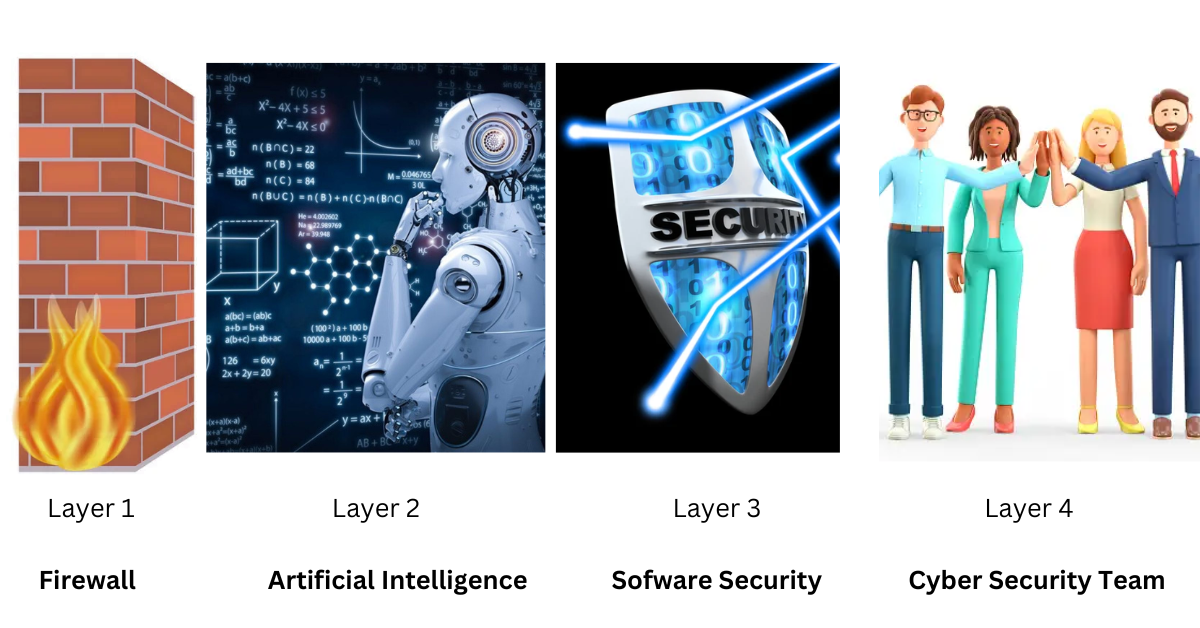Implementing Zero-Trust in Enterprise Environments
Zero-trust architecture revolutionizes security, integrating elements like micro-segmentation, continuous authentication, and identity management.
Join the DZone community and get the full member experience.
Join For FreeIn the face of ever-changing threats and complex infrastructures, the zero-trust architecture represents an important transformation in our understanding and implementation of security. This innovative approach promises not only increased protection but also increased adaptability and efficiency in IT infrastructure management. By removing outdated belt-driven thinking and prioritizing individuality, segmentation, and continuous authentication, we are paving the way for a more secure digital future.
Elements of the Zero-Trust Framework
Micro-Segmentation: Enhancing Network Security
- Micro-segmentation involves dividing the network into secure zones or segments, thus limiting the horizontal movement of potential attackers.
- The zero-trust strategy aims to combat side-scrolling attacks by implementing granular access controls in these segments.
Continuous Authentication and Authorization: Real-Time Adaptation
- This component revolves around dynamic policies that adapt based on real-time user behavior and contextual information.
- It also entails continuous surveillance to ensure that security remains flexible and responsive to changing threats.
Identity and Access Management (IAM) at the Core
- IAM forms the foundation of zero-trust by implementing stringent security measures.
- This includes multi-factor authentication (MFA) to bolster user verification, single sign-on (SSO) for streamlined access, and additional measures to fortify identity and access security.

Mapping out an effective defensive system for enhanced risk mitigation and streamlined infrastructure management within an organization
The illustration above illustrates an efficient infrastructure management and security system within an organization. It features a Firewall protecting the company's servers, while an AI system conducts ongoing vulnerability scans on both servers and client systems. The AI is not only tasked with identifying vulnerabilities but also with proposing and implementing remediation measures.
Instant notifications are seamlessly relayed to the cybersecurity team whenever vulnerabilities are detected or when there are suspicious activities targeting servers or client systems. This streamlined process aids in swift decision-making and the development of a robust defense strategy upon vulnerability discovery.
The AI acts as an additional layer of security, working hand-in-hand with the firewall. Furthermore, there are software applications in place that automatically block vulnerabilities, constituting a third layer of defense against potential attackers seeking unauthorized access.
Should an unauthorized access attempt persist and breach a server, the AI immediately notifies the cybersecurity team, providing comprehensive information. This empowers the team to respond promptly, either by implementing necessary fixes or by disabling compromised user IDs. Simultaneously, the activated software layer takes action, shutting down affected systems as a third line of defense.
The proactive approach enables the cybersecurity team to address potential cyber threats and take preemptive action before hackers can inflict significant damage on the organization. Integrating a zero-trust architecture into this foundational defense model can further elevate enterprise security. The dedicated team continually seeks solutions to combat evolving technological threats and vulnerabilities.
Note
The organization shall modify or improve this protection mechanism. That way, the intruders won't know about any organization's critical security system and the different levels involved.
AI analytics and foresight help identify and respond to threats instantly through AI and machine learning. Detect and prevent deviations based on behavioral analysis.
Exploring the Synergy of Edge Computing and Zero-Trust
Extending Zero-Trust to the Edge
In edge computing, where data is generated and processed closer to the source, and in a zero-trust environment, there is never trust for any entity, regardless of its location in or out of scope. network. IT outsourcing companies can play a key role in formulating a zero-trust strategy tailored to meet an organization's unique needs. This requires a comprehensive understanding of the current IT landscape, identifying potential vulnerabilities, and developing an appropriate plan for implementing the zero-trust principles.
As we navigate an era characterized by innovation, disruption, and emerging challenges, zero-trust architecture is poised to not only keep pace but redefine the very nature of cybersecurity. Whether it's a holistic approach to identity-centric security or the integration of quantum secure cryptography, the future of zero-trust is an exciting frontier where trust is won, not assumed, and where adaptive and contextual security reigns supreme. By taking this approach, we are strengthening ourselves for a safer and more resilient digital future.
Opinions expressed by DZone contributors are their own.

Comments